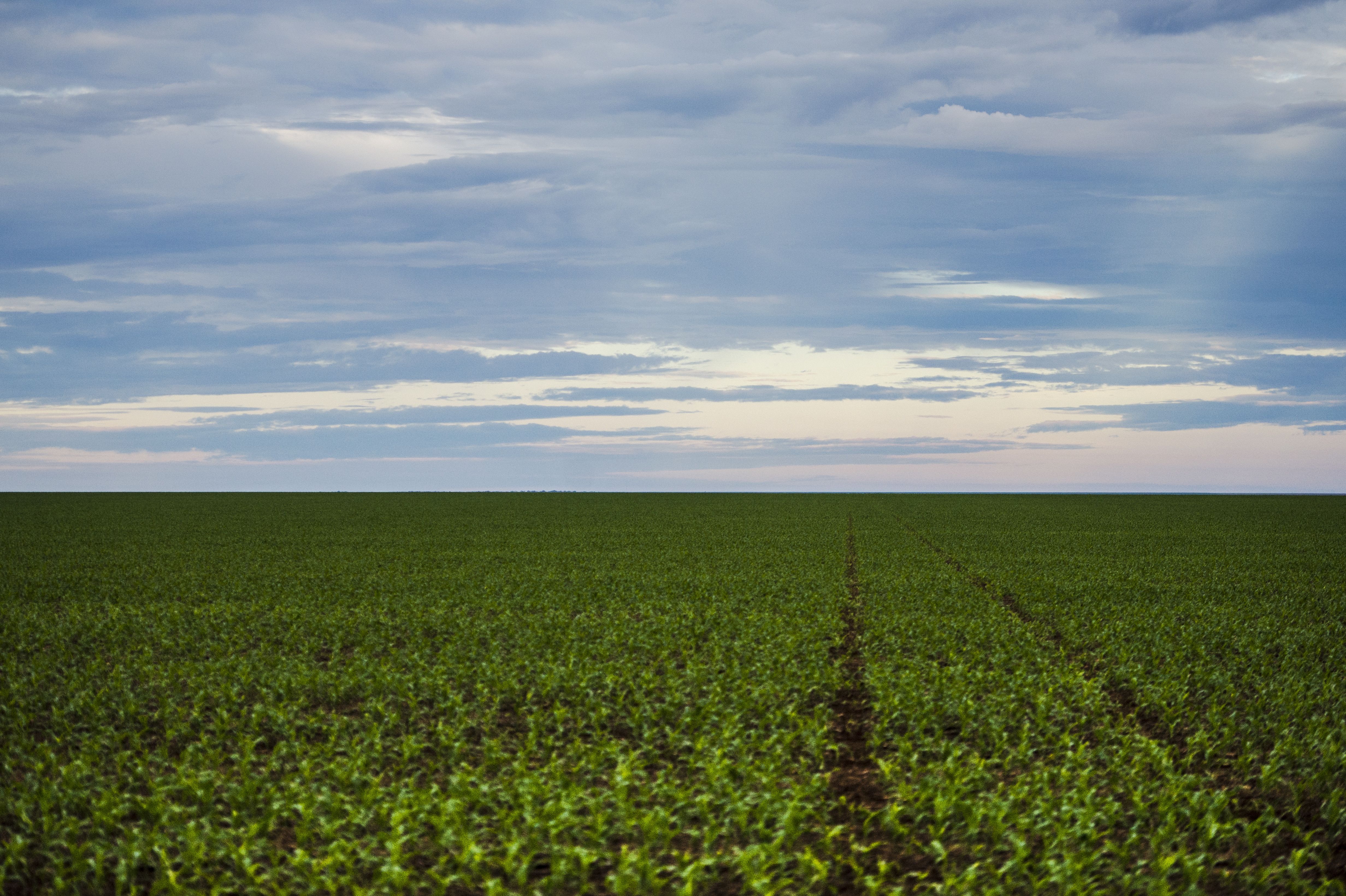|
Zoró
The Zoró (autonym: ''Pangyjej'') are an indigenous people native to the states of Mato Grosso and Rondônia, Brazil. Their population was around 787 in 2020. Etymology The name Zoró originates from the word ''monshoro'' (dry head), which is a derogatory term in the Surui language, whose speakers were neighboring enemies of the Zoró. The word ''monshoro'' was shortened to ''shoro'' and then, over time, to ''zoró''. Demographics Language The Zoró speak the Zoró language, which Ethnologue considers a dialect of the Gavião of Jiparaná language, a Tupian language of the Monde branch. However, their dialect is sometimes considered a separate language because it is mutually unintelligible with the other dialects of the Gavião of Jiparaná language. Economy Traditionally, the economy of the Zoró was based on hunting, horticulture, fishing, and gathering. In the 1980s, they sold handicrafts or worked in rubber extraction. In the 1990s, the main economy of the Zoró became ... [...More Info...] [...Related Items...] OR: [Wikipedia] [Google] [Baidu] |
Gavião Of Jiparaná
Gaviao of Jiparana (''Gavião do Jiparaná''), also known as Digüt, Ikolen and ''Gavião do Rondônia'', is the language of the Gavião of Rondônia, Brazil. It is a Tupian language The Tupi or Tupian language family comprises some 70 languages spoken in South America, of which the best known are Tupi proper and Guarani. Homeland and ''urheimat'' Rodrigues (2007) considers the Proto-Tupian urheimat to be somewhere between ... of the Monde branch. It is partially intelligible with Suruí. The Zoró dialect spoken by the Zoró people is sometimes considered a separate language. References External links * ELAR archive oGavião and Suruí Languages in whistled and instrumental speechby Julien Meyer * ELAR archive oLanguage Documentation of traditional culture among the Gavião and Suruí of Rondôniaby Dennis Moore Tupian languages Mamoré–Guaporé linguistic area {{tupian-lang-stub ... [...More Info...] [...Related Items...] OR: [Wikipedia] [Google] [Baidu] |
Arara (Rondônia)
The Arara are an indigenous people of Brazil native to the state of Rondônia. They are closely related to the Zoró and Gavião (Rondônia), Gavião peoples, and are distinct from other groups known as "Arara (other), Arara" to outsiders, including the Arara (Pará), Arara of Pará and the Kwaza people, Kwaza. Their language is part of the Monde languages, Monde branch of the Tupian languages. The Arara were an uncontacted tribe until the 1950s. At the time, they were at war with the neighboring Gavião. Through the Gavião, the Brazilian government contacted the Arara and enforced a peace. Their numbers declined rapidly after contact; only 50 were alive in 1966. The New Tribes Mission introduced medical care, and the population rose to over 200 by the 1990s. The Mission formally converted most Arara to the Baptists, Baptist faith, though the community largely retained their traditional beliefs. References Ethnic groups in Brazil Indigenous peoples in Brazil I ... [...More Info...] [...Related Items...] OR: [Wikipedia] [Google] [Baidu] |
Gavião (Rondônia)
The Gavião, also known as the Ikoro or Digút, are an indigenous people native to Rondônia, Brazil. Their population was around 220 in the 1990s. Their language, Gavião of Jiparaná, is a Tupian language in the Monde branch. Like the closely related Arara and Zoró, the Gavião traditionally lived on agriculture and hunting, but their traditional lifestyle was disrupted by rubber booms in Rondônia during the 20th century. They declined dramatically through epidemics and violence in the 1940s, and their population dropped below 100 people. In the 1966, the New Tribes Mission Ethnos360, formerly known as New Tribes Mission (NTM), is an international, theologically evangelical Christian mission organization based in Sanford, Florida, United States. Ethnos360 sends missionaries from local churches around the world ... introduced medical care, and the population increased to over 200 in the 1980s. The Brazilian government established boundaries around their traditional ... [...More Info...] [...Related Items...] OR: [Wikipedia] [Google] [Baidu] |
Tupian Language
The Tupi or Tupian language family comprises some 70 languages spoken in South America, of which the best known are Tupi proper and Guarani. Homeland and ''urheimat'' Rodrigues (2007) considers the Proto-Tupian urheimat to be somewhere between the Guaporé and Aripuanã rivers, in the Madeira River basin. Much of this area corresponds to the modern-day state of Rondônia, Brazil. Five of the ten Tupian branches are found in this area, as well as some Tupi–Guarani languages (especially Kawahíb), making it the probable urheimat of these languages and maybe of its speaking peoples. Rodrigues believes the Proto-Tupian language dates back to around 3,000 BC. Language contact Tupian languages have extensively influenced many language families in South America. Jolkesky (2016) notes that there are lexical similarities with the Arawa, Bora-Muinane, Guato, Irantxe, Jivaro, Karib, Kayuvava, Mura-Matanawi, Taruma, Trumai, Yanomami, Harakmbet, Katukina-Katawixi, Ara ... [...More Info...] [...Related Items...] OR: [Wikipedia] [Google] [Baidu] |
Monde Languages
The Monde languages of Brazil form a branch of the Tupian language family. Cinta Larga is a dialect cluster spoken by a thousand people. Other languages are Mondé, Aruáshi, Suruí, Zoro, and Gavião do Jiparaná. Classification Internal classification of the Mondé languages according to Moore (2005):Moore, Denny. 2005Classificação interna da família lingüística Mondé ''Estudos Lingüísticos'' 34: 515-520.PDF *Mondé ** Suruí (Paíter) ** ***Salamãy ( Mondé) *** **** Cinta Larga (3 groups: Kabínééy, Kakínééy, and Maamééy) **** ***** Gavião de Rondônia (Ikolééy) ***** Zoró (Pãgɨñééy) ***** Aruá ''Unclassified'': Arara do Guariba Varieties Below is a list of Mondé language varieties listed by Loukotka (1968), including names of unattested varieties. * Mondé - spoken on the Ouro River, tributary of the Pimenta Bueno River, Rondônia. *Sanamaica / Salamay - spoken on the left bank of the Pimenta Bueno River. * Aruá - spoken on the ... [...More Info...] [...Related Items...] OR: [Wikipedia] [Google] [Baidu] |
Mato Grosso
Mato Grosso ( – ) is one of the states of Brazil, the List of Brazilian states by area, third largest by area, located in the Central-West Region, Brazil, Central-West region. The state has 1.66% of the Brazilian population and is responsible for 1.9% of the Brazilian GDP. Neighboring states (from west clockwise) are: Rondônia, Amazonas State, Brazil, Amazonas, Pará, Tocantins, Goiás and Mato Grosso do Sul. It is divided into 142 municipalities and covers an area of 903,357 square kilometers, consequently the state is roughly 82.2% of the size of its southwest neighbor, the nation of Bolivia. A state with a flat landscape that alternates between vast ''chapadas'' and plain areas, Mato Grosso contains three main ecosystems: the Cerrado, the Pantanal and the Amazon rainforest. The Chapada dos Guimarães National Park, with its caves, grottoes, tracks, and waterfalls, is one of its tourist attractions. The extreme northwest of the state has a small part of the Amazonian fores ... [...More Info...] [...Related Items...] OR: [Wikipedia] [Google] [Baidu] |
Timber
Lumber is wood that has been processed into uniform and useful sizes (dimensional lumber), including beams and planks or boards. Lumber is mainly used for construction framing, as well as finishing (floors, wall panels, window frames). Lumber has many uses beyond home building. Lumber is referred to as timber in the United Kingdom, Australia, and New Zealand, while in other parts of the world, including the United States and Canada, the term ''timber'' refers specifically to unprocessed wood fiber, such as cut logs or standing trees that have yet to be cut. Lumber may be supplied either rough- sawn, or surfaced on one or more of its faces. ''Rough lumber'' is the raw material for furniture-making, and manufacture of other items requiring cutting and shaping. It is available in many species, including hardwoods and softwoods, such as white pine and red pine, because of their low cost. ''Finished lumber'' is supplied in standard sizes, mostly for the construction ind ... [...More Info...] [...Related Items...] OR: [Wikipedia] [Google] [Baidu] |
Ethnic Groups In Brazil
Brazilian society is made up of a confluence of people of Indigenous, Portuguese, and African descent. Other major significant groups include Italians, Spaniards, Germans, Lebanese, and Japanese. Latin Europe accounted for four-fifths of the arrivals (2.25 million Portuguese, 1.5 million Italians, and 700,000 Spaniards). Brazil has seen greater racial equality over time. According to a recent review study, "There has been major, albeit uneven, progress in these terms since slavery, which has unfortunately not wholly translated into equality of income: only in 2011 did the black-to-white income ratio eclipse its 1960 level, although it appears to be at an all-time high. Education and migration were important factors in closing the gap, whereas school quality and discrimination may explain its persistence." Historic background The Brazilian population was formed by the influx of Portuguese settlers and African slaves, mostly Bantu and West African populations (such ... [...More Info...] [...Related Items...] OR: [Wikipedia] [Google] [Baidu] |
Brazil Nuts
The Brazil nut (''Bertholletia excelsa'') is a South American tree in the family Lecythidaceae, and it is also the name of the tree's commercially harvested edible seeds. It is one of the largest and longest-lived trees in the Amazon rainforest. The fruit and its nutshell – containing the edible Brazil nut (fruit), nut – are relatively large and weigh as much as in total. As food, Brazil nuts are notable for diverse content of micronutrients, especially a high amount of selenium. The wood of the Brazil nut tree is prized for its quality in carpentry, flooring, and heavy construction. Common names In Portuguese-speaking countries, like Brazil, they are variously called "" - Folder EmbrapaCOSTA, J. R. (et al.Uma das espécies nativas mais valiosas da floresta amazônica de terra firme é a castanha-do-brasil ou castanha-da-amazônia (''Bertholletia excelsa'') - Acta Amazônica vol. 39(4) 2009: 843 - 850 (meaning "cashew from Brazil" in Portuguese), "" (meaning "cashew from P ... [...More Info...] [...Related Items...] OR: [Wikipedia] [Google] [Baidu] |
Funai
is a Japanese consumer electronics company headquartered in Daitō, Osaka. Currently, it is in liquidation. Apart from producing its own branded electronic products, it was also an OEM providing assembled televisions and video players/recorders to major corporations such as Sharp, Toshiba, Denon, and others. Funai supplies inkjet printer hardware technology to Dell and Lexmark, and produces printers under the Kodak name. Its United States–based subsidiary Funai Corporation, Inc., based in Torrance, California, markets Funai products in the US, along with Funai-licensed brands including Philips, Magnavox, Emerson Radio, and Sanyo. Funai is the main supplier of electronics to Walmart and Sam's Club stores in the US, with production output in excess of 2 million flat-panel televisions during the summertime per year for Black Friday sale. History Funai was founded by Tetsuro Funai, the son of a sewing machine manufacturer. During the 1950s before the company was form ... [...More Info...] [...Related Items...] OR: [Wikipedia] [Google] [Baidu] |



